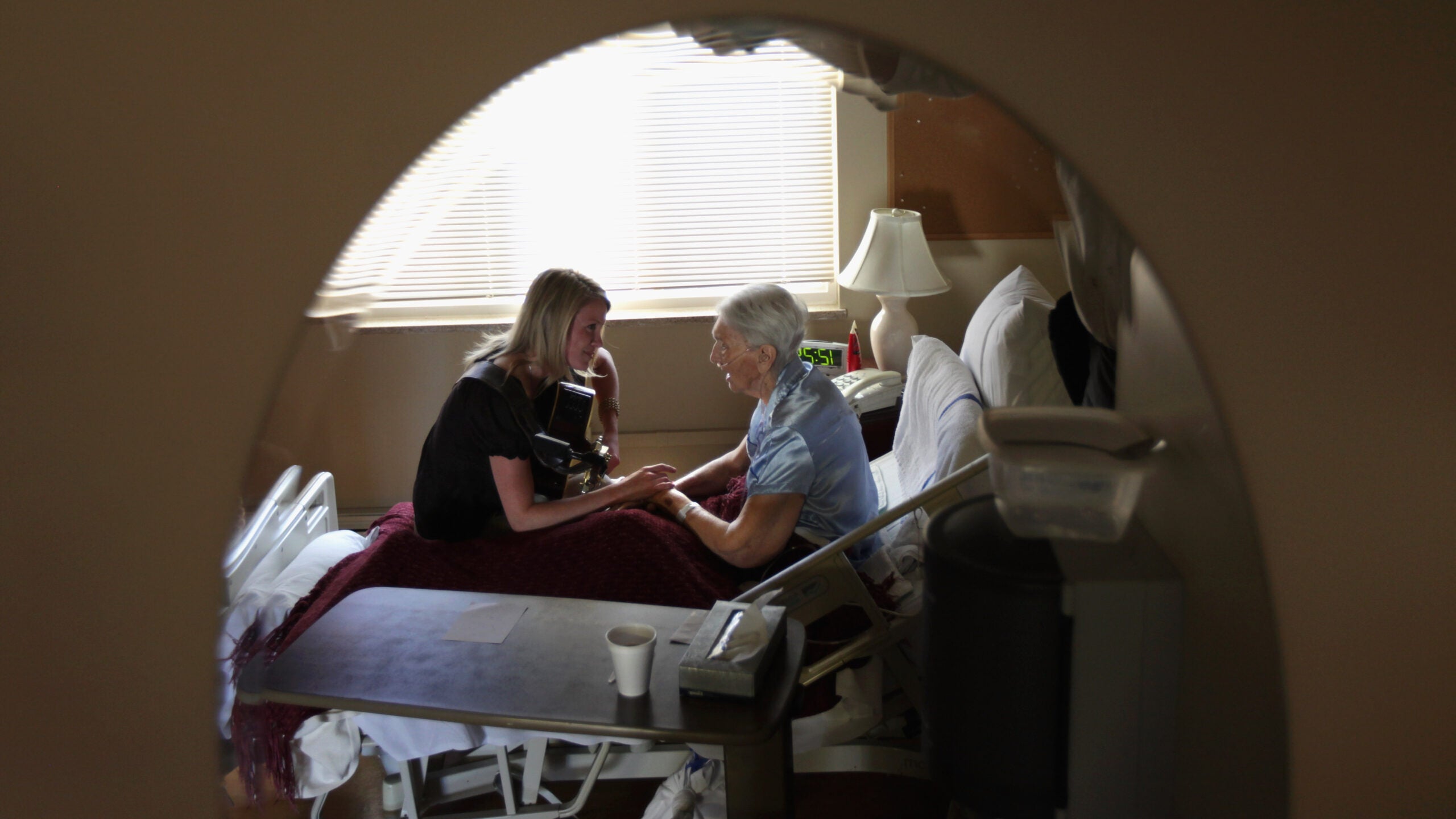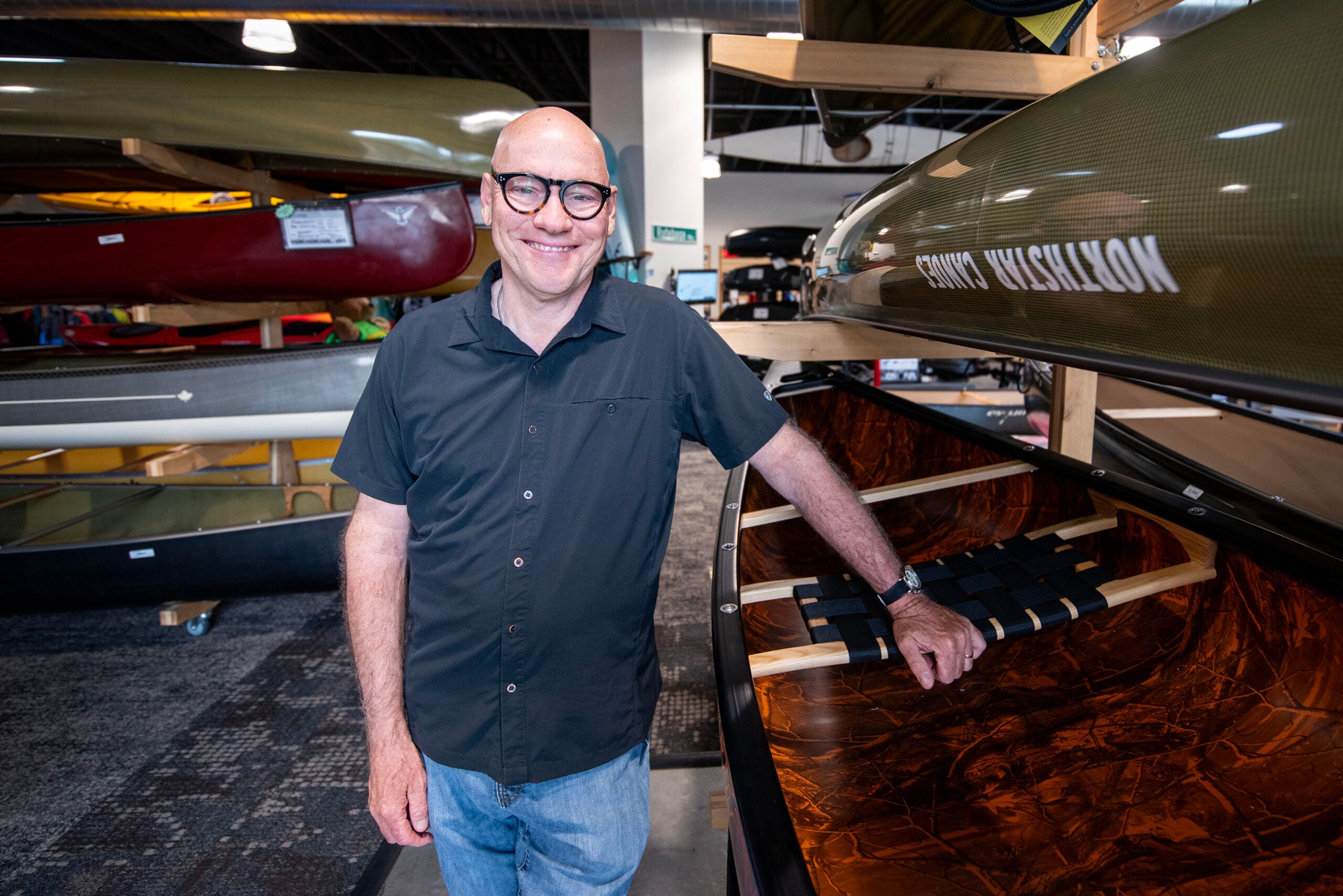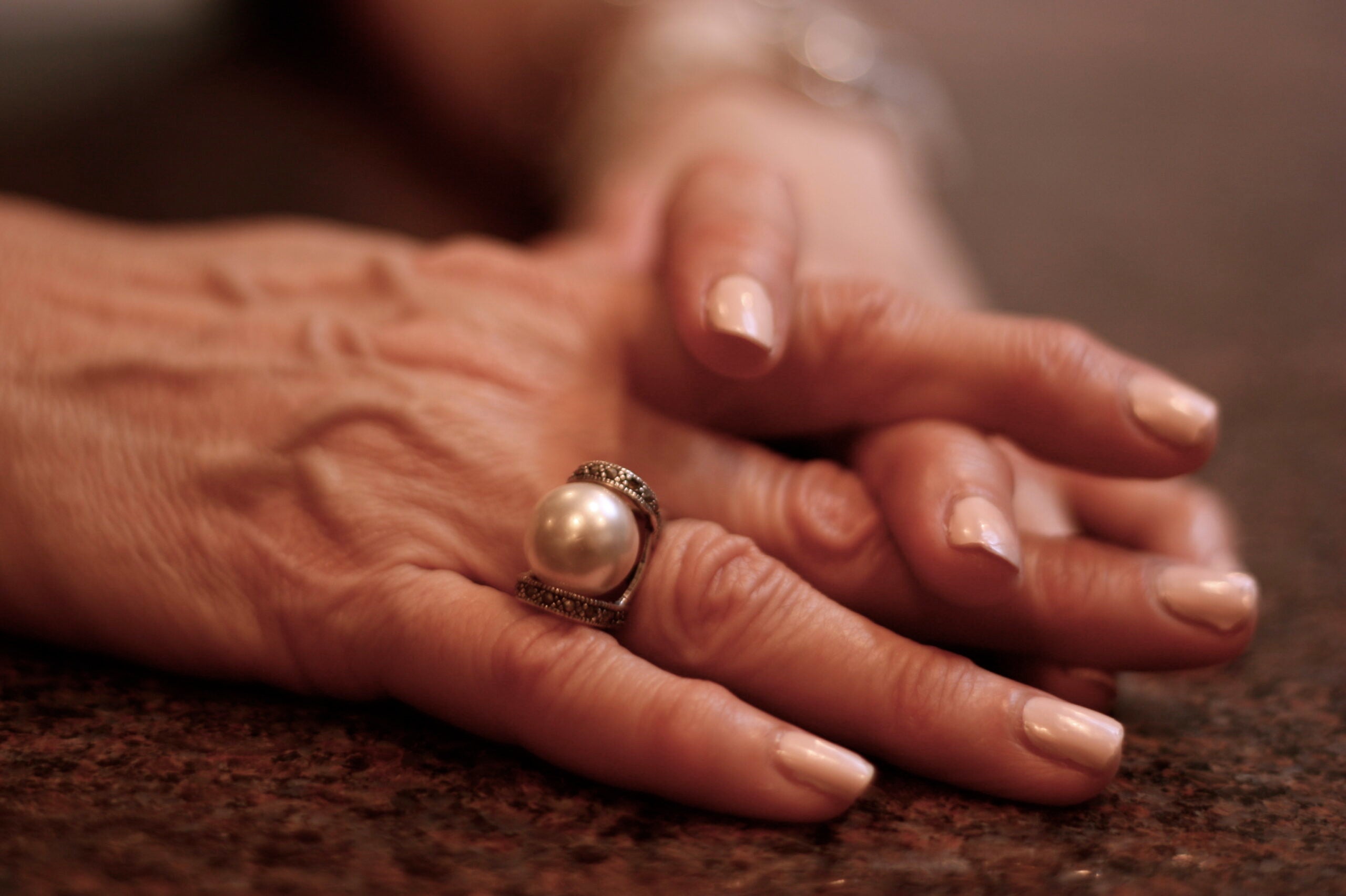Death is a part of life, but decisions surrounding death often can be difficult. Hospice, which is for patients who are in the last phases of their incurable disease, is one option. Every year, about 1.7 million Medicare recipients receive this type of specialized health care.
Former President Jimmy Carter, the longest-living former president in American history at age 99, joined those numbers in February when his family announced he was entering hospice.
News with a little more humanity
WPR’s “Wisconsin Today” newsletter keeps you connected to the state you love without feeling overwhelmed. No paywall. No agenda. No corporate filter.
“After a series of short hospital stays, former U.S. president Jimmy Carter today decided to spend his remaining time at home with his family and receive hospice care instead of additional medical intervention,” the statement read. “He has the full support of his family and his medical team.”
Many assumed the decision meant that Carter wouldn’t be alive for much longer. But contrary to popular belief, hospice care isn’t necessarily only for people who have just a few days to live, nor does it mean giving up care entirely.
In fact, according to the American Academy of Family Physicians, hospice care may increase life expectancy, and research has supported that idea. While hospice care doesn’t treat an illness, it manages pain and other symptoms, focusing on the comfort, dignity and quality of life of the person who’s dying.
Here’s the truth about some of the myths about hospice care and how it works.
Myth #1: Hospice care is only for those who have given up on life
Hospice care is as much about how you want to live as it is about how you want to die.
“At the end of life, the concept of hope often changes for people, and their hope shifts to other priorities like quality of life, comfort and peace,” says Amy Tucci, the president and CEO of the Hospice Foundation of America. “They want to be around their loved ones and familiar possessions. And they want to have the best quality of life that they can.”
Instead of focusing on curing an illness or prolonging death, the goal of care becomes to relieve symptoms and give patients the the best quality of life they can have in their remaining days.
Myth #2: Hospice care is only for terminal cancer patients
When it was first created, hospice care was primarily for cancer patients at the ends of their lives. But today while many hospice patients do have cancer, the majority have other life-limiting diseases, such as Alzheimer’s disease, cardiovascular disease and dementia.
Eligibility for hospice care “requires that two physicians agree that the person’s illness state gives them a prognosis of six months or less to live, [but] that does not mean that they have to die within six months,” Tucci says.
If the patient lives longer than six months but doctors continue to certify that they’re terminally ill, they’ll receive hospice care for as long as needed, she adds.
Myth #3: Hospice is a place
Hospice is rarely an actual location that people go to. The care almost always is provided where a person lives.
“Generally hospice comes to you where your home is,” says Angela Novas, a licensed nurse practitioner and Chief Medical Officer for the Hospice Foundation of America. “So if a home is in a nursing home, that’s where hospice goes. If home is in the family apartment, that’s where hospice is. We go to the patients.”
Hospice patients are assigned a team of providers — a physician, registered nurse, home health aid, social worker and chaplain at a minimum — who regularly check in with them. They work together to provide medical, emotional, spiritual and grief support to not only the patient but also their family, Novas says.
Myth #4: Once you are in hospice care, you have to stay
“One thing that scares people about hospice is that they feel like if they choose hospice, they’re stuck,” says Tucci. But people can leave hospice whenever they want, she says, and there’s always the option to reapply. “So if you decided, for example, that you wanted to try a drug trial or you wanted to consider some sort of alternative treatment for your illness that hadn’t been tried, you could leave hospice and do that.”
In other words, hospice doesn’t mean you or your family are giving up control over your care, or the ability to choose who provides it.
Myth #5: It’s always the doctor’s responsibility to bring up hospice
“The thing that we hear more than anything from people and their family members is that they wish they had understood hospice better and had accessed it earlier,” says Tucci.
Many patients don’t know that they can initiate hospice care on their own, or how to start that process. Either they are afraid to discuss hospice or they are waiting for a physician to suggest it, which doesn’t always happen, says Tucci.
If a patient is receiving treatments they don’t want anymore, they or a caregiver can initiate hospice by starting the conversation with their doctor or by contacting a local hospice provider directly to ask for an evaluation and determine qualification.
Every illness has different indicators for when it might be time to begin hospice, says Tucci.
Myth #6: Hospice care is only for the elderly
Although most people cared for by hospices providers in the U.S. are over the age of 65 , the care is available for anyone with a life-limiting condition who meets eligibility.
“There are lots of sort of life-limiting diseases now, such as ALS, that strike typically at an early age,” says Novas.
If you’re 21 or under, you may choose to continue receiving curative treatment alongside hospice care, she says.
9(MDAyMjQ1NTA4MDEyMjU5MTk3OTdlZmMzMQ004))
© Copyright 2025 by NPR. To see more, visit https://www.npr.org.9(MDAyMjQ1NTA4MDEyMjU5MTk3OTdlZmMzMQ004))





